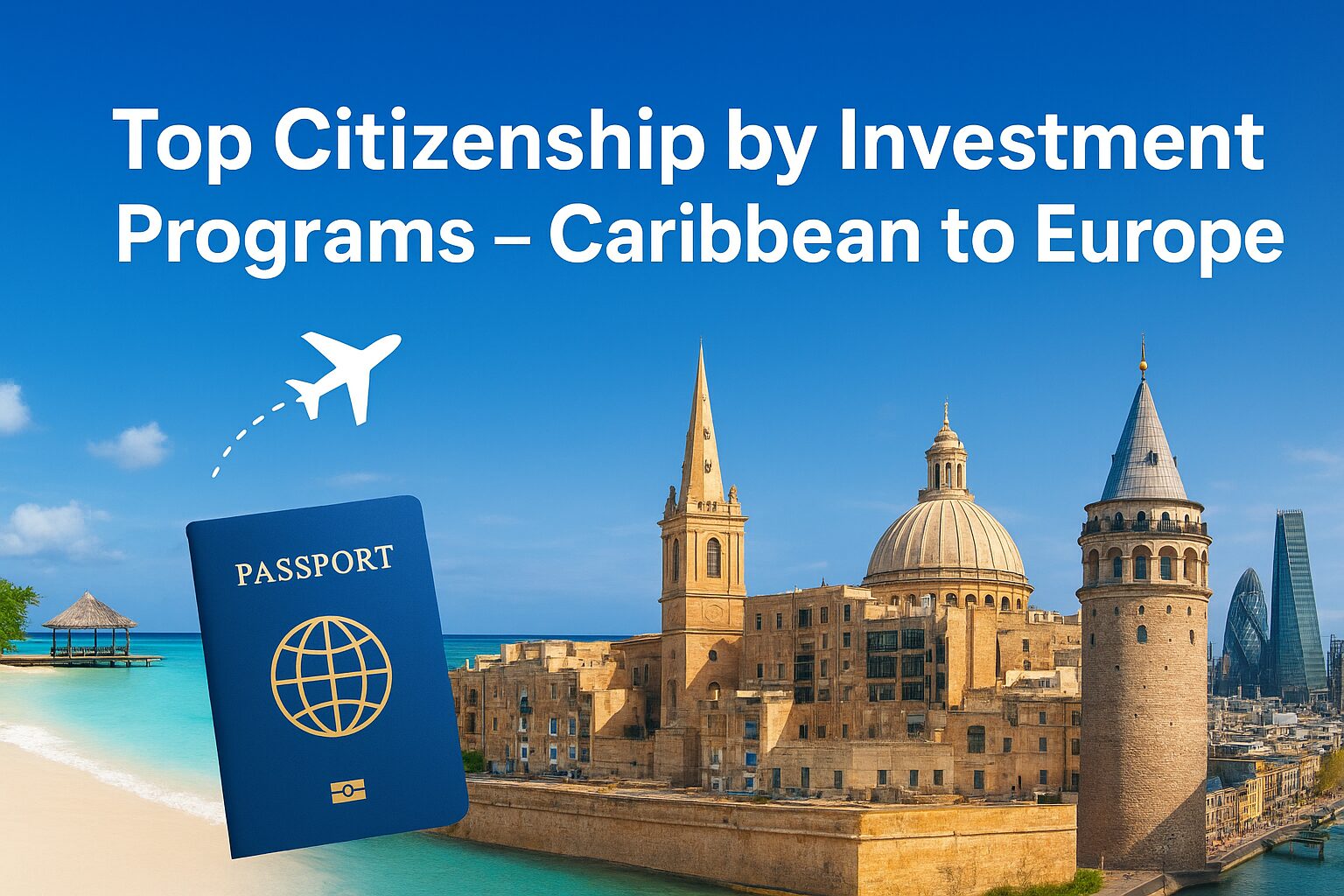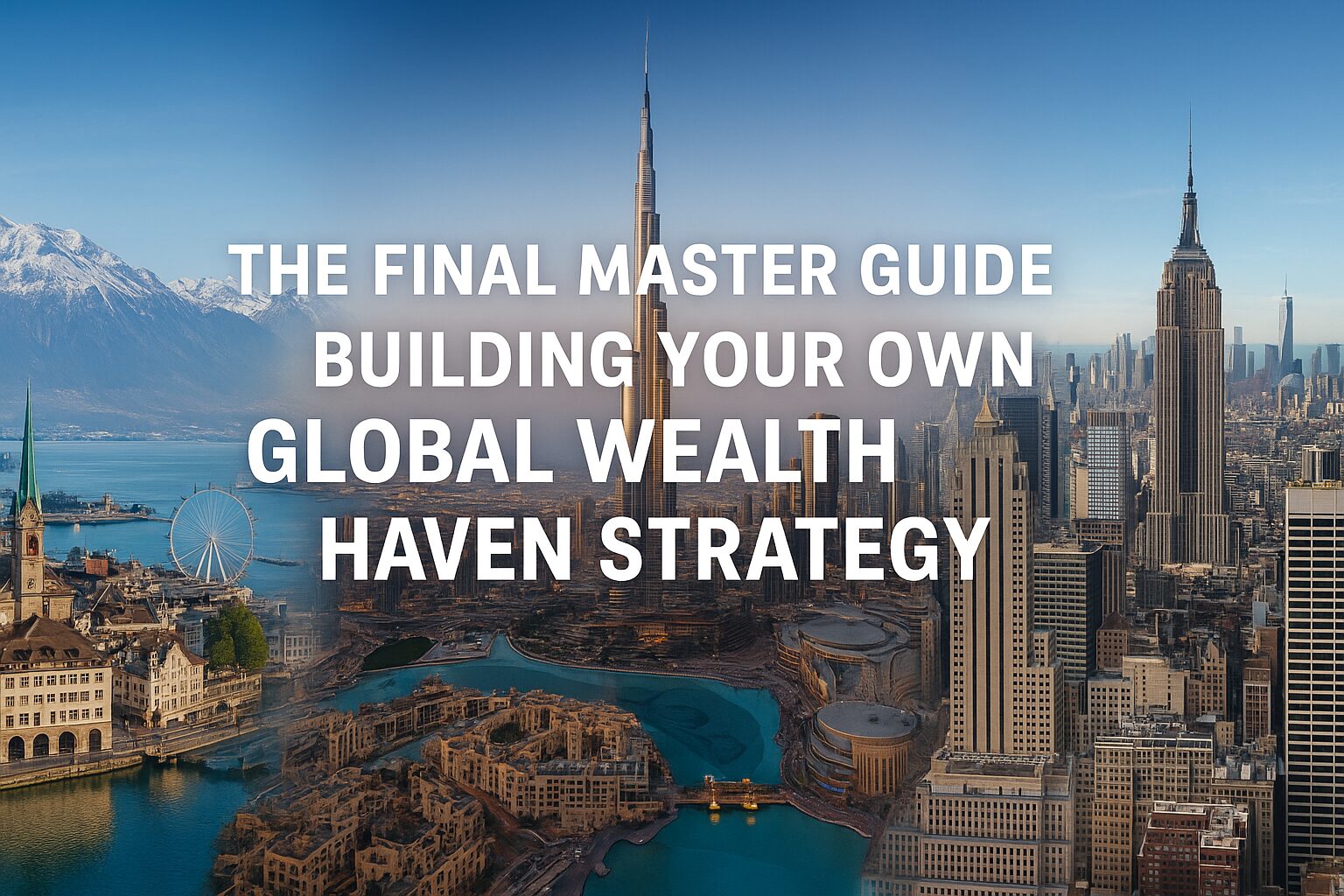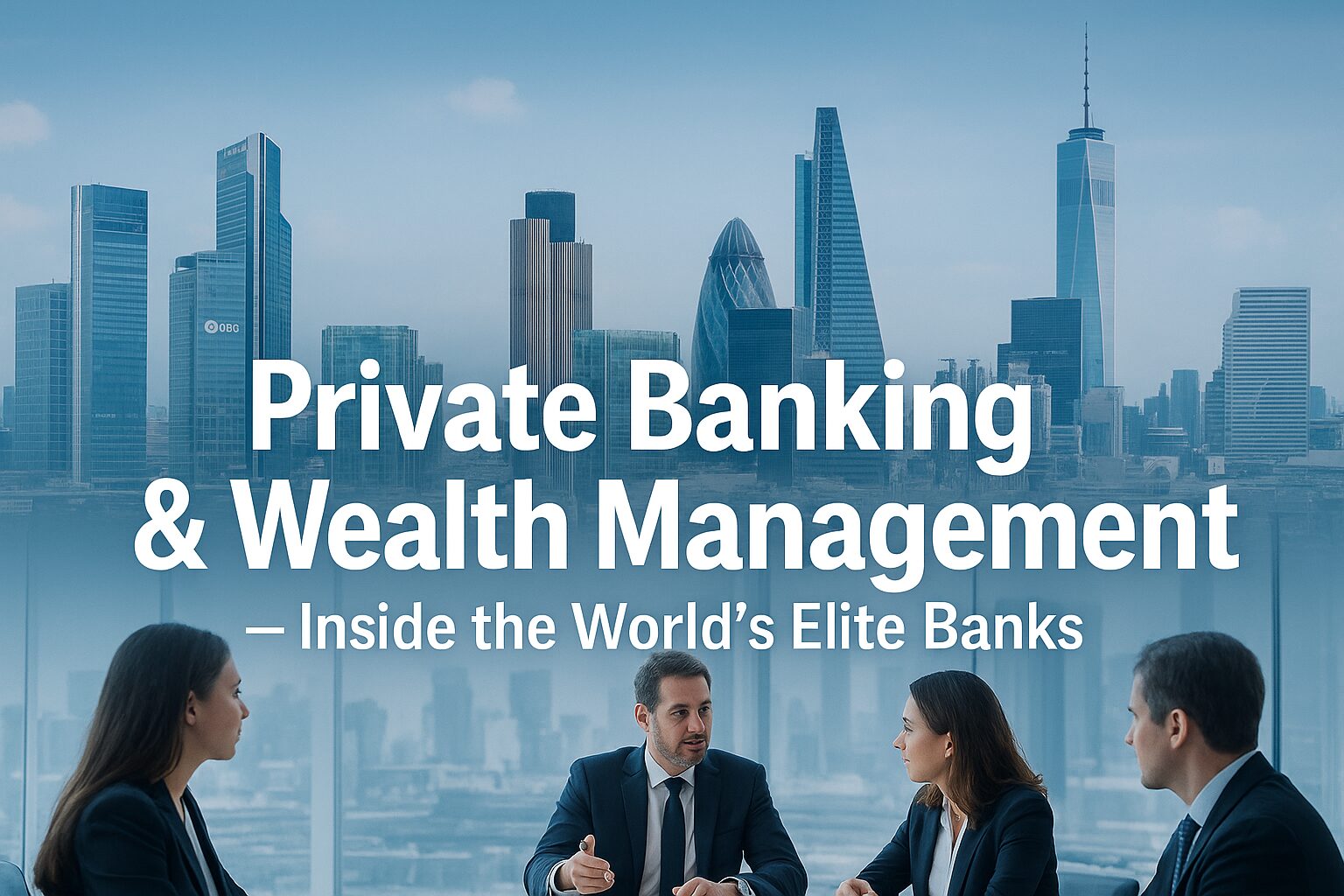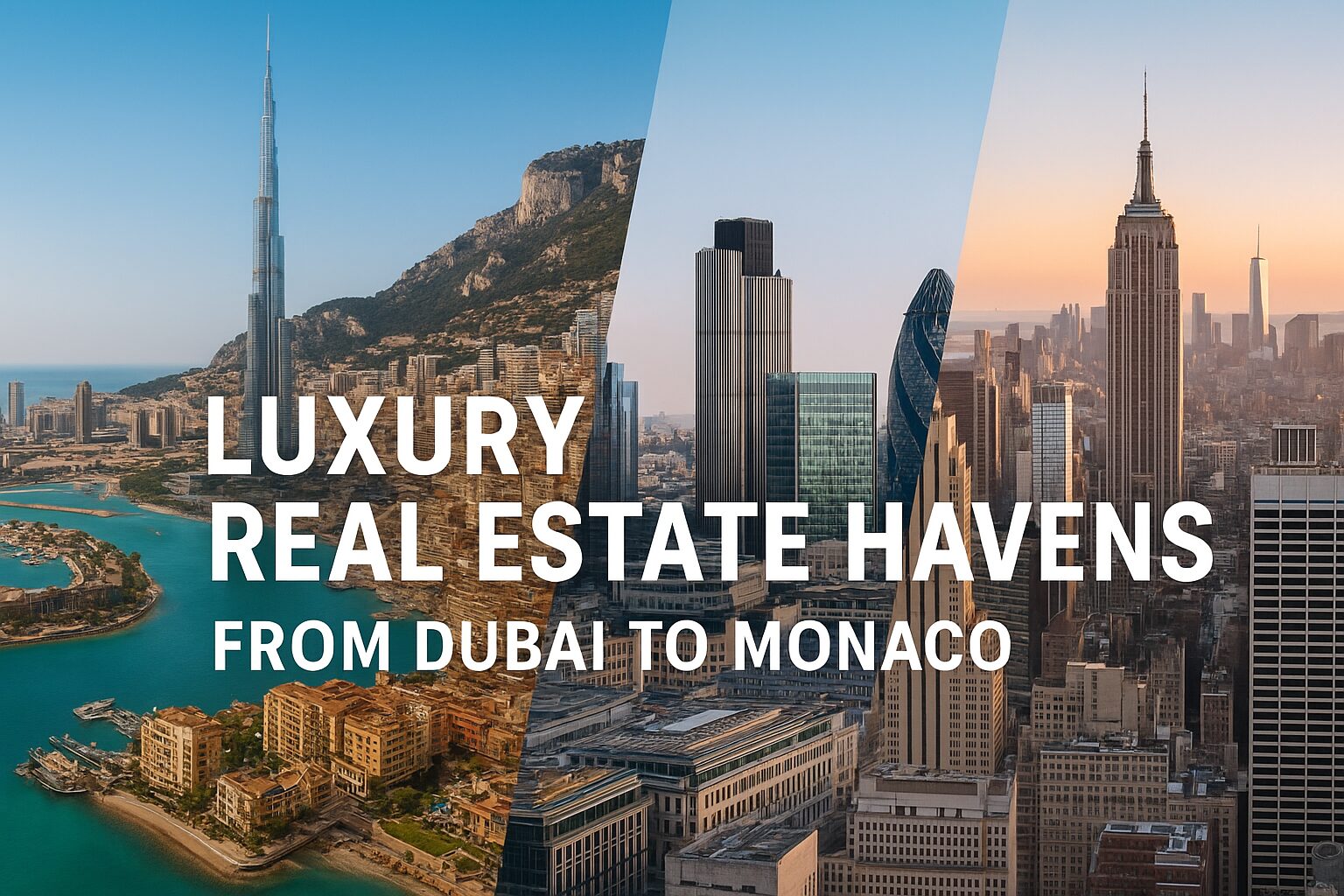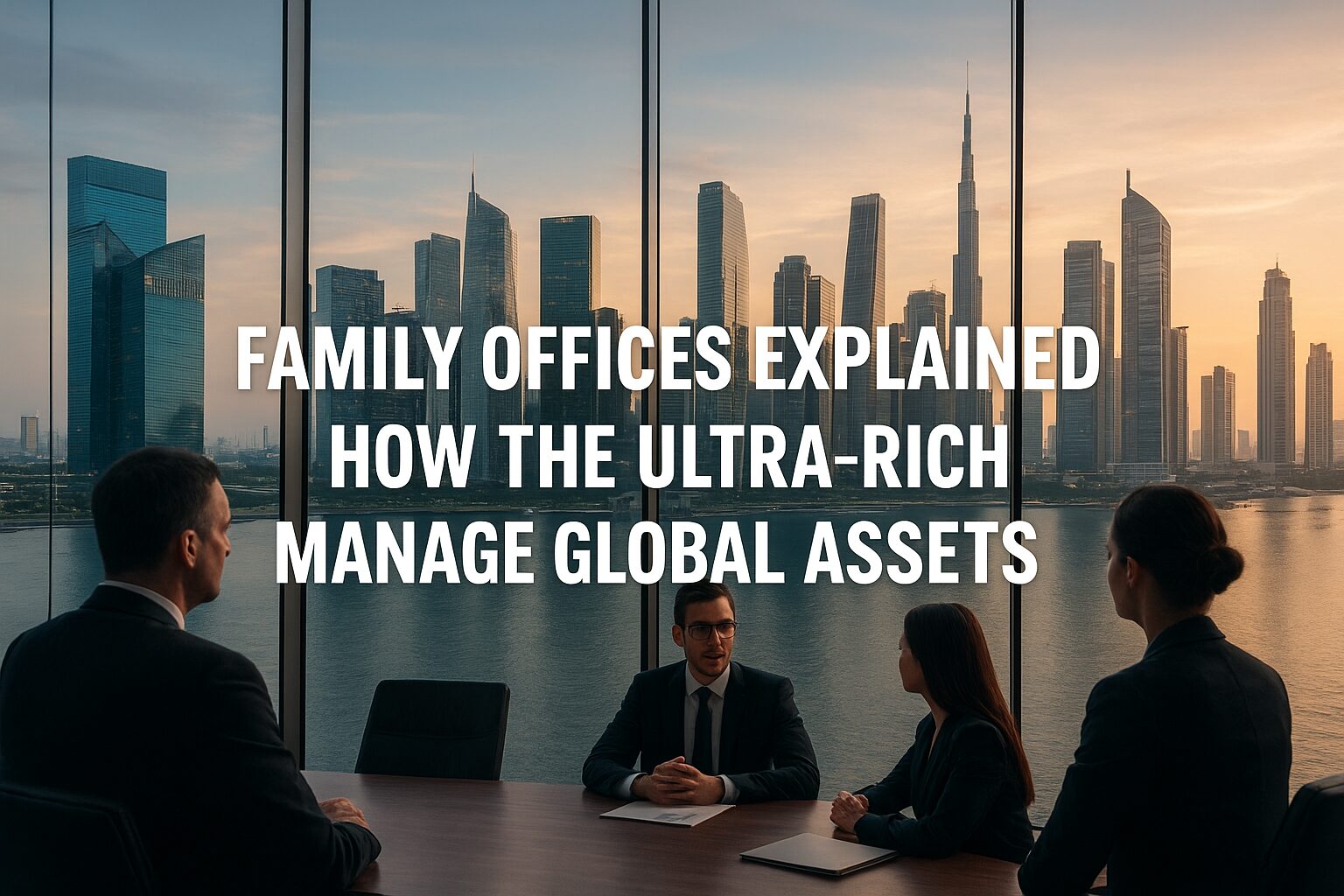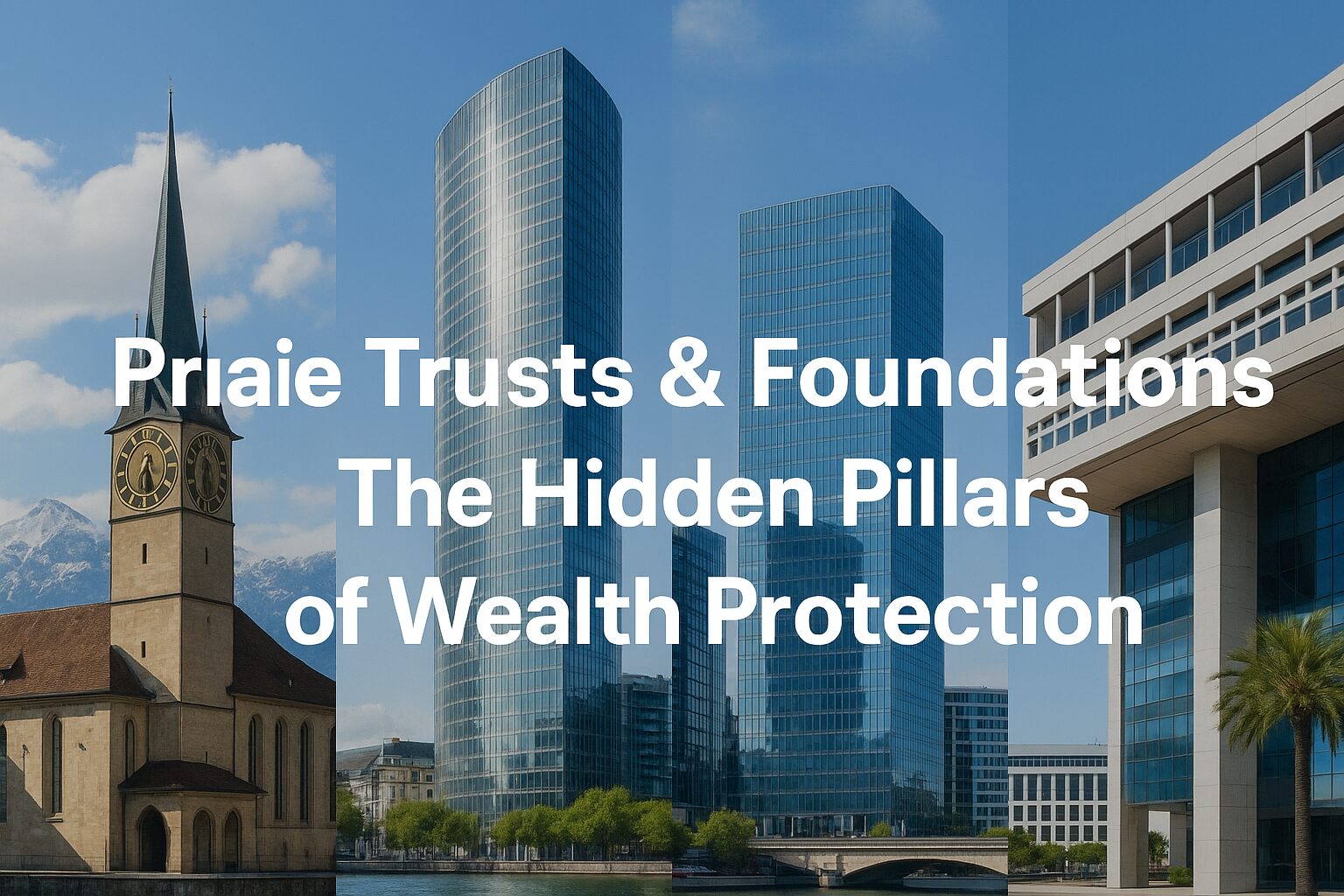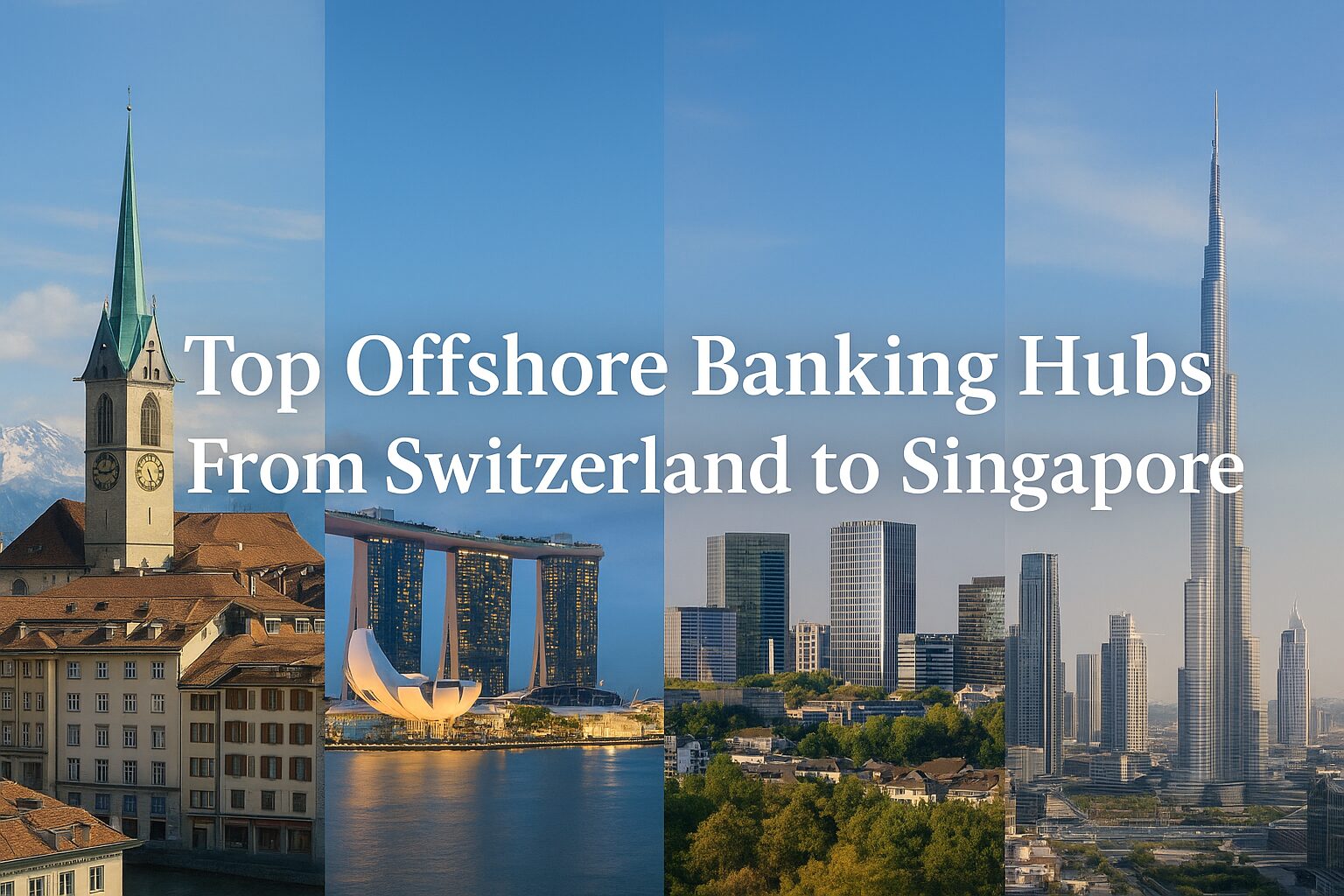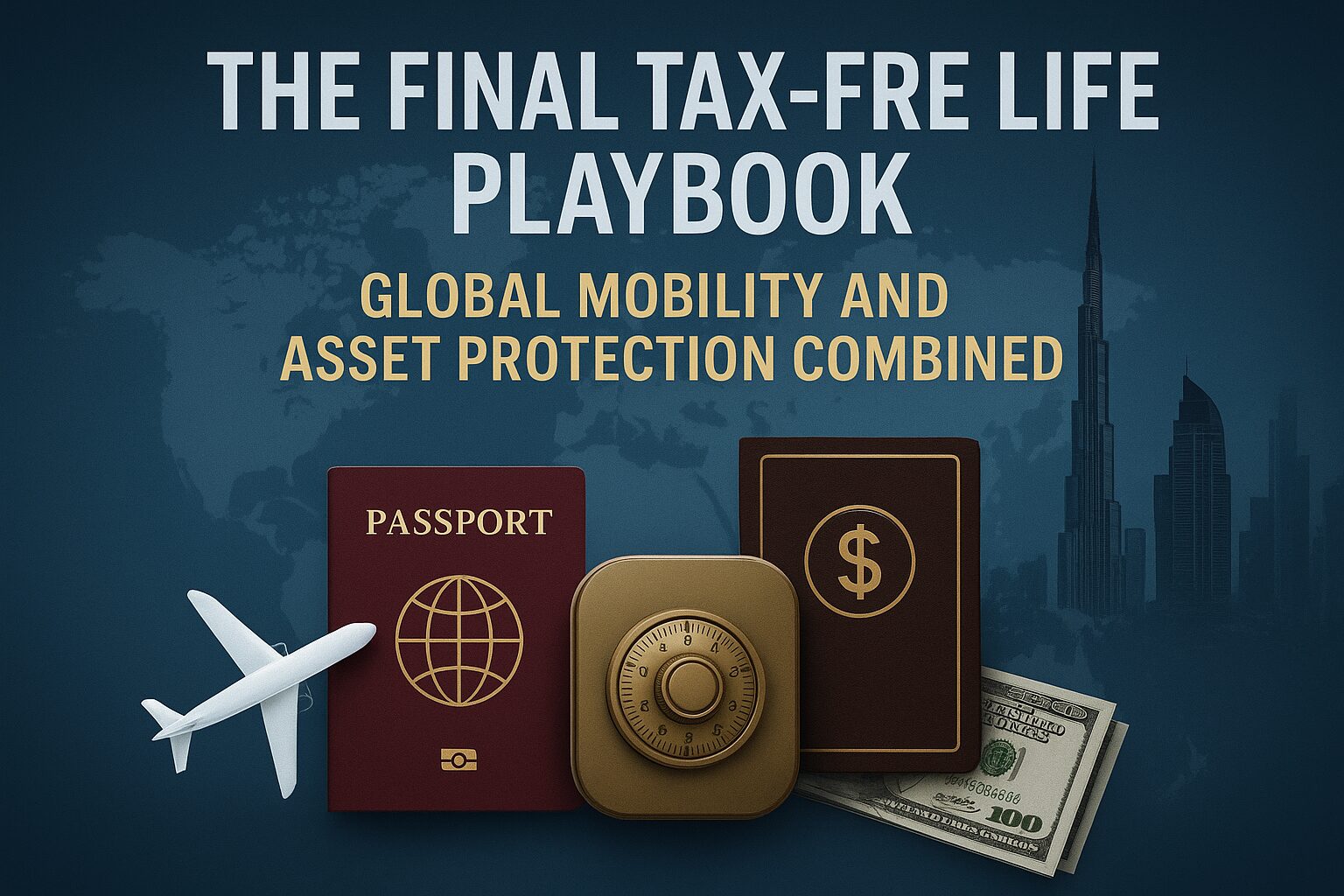Why Residency by Investment Is the Real Game-Changer
Most people dream about holding a second passport, but here’s a surprising truth: residency often matters more than citizenship.
Why? Because residency gives you the right to live, invest, and build your life in another country, and in many cases, it naturally evolves into full citizenship.
Golden Visas—formal Residency by Investment (RBI) programs—are becoming the strategic choice of global entrepreneurs, families, and even middle-class digital nomads. They are cheaper, less controversial than Citizenship by Investment, and often lead to the same outcome.
1. How Residency by Investment Works in Practice
Residency by Investment means:
- You put money into a country’s economy—real estate, government bonds, startups, or funds.
- The government grants you long-term residency rights (often 5–10 years, renewable).
- You gain access to schools, healthcare, banking, and in many cases, regional travel freedom.
- After a qualifying period, you may apply for citizenship.
Key insight: RBI is not a loophole. It’s a strategic policy that countries use to attract stable capital and talent.
2. Europe – The Golden Standard for Golden Visas
Europe dominates the RBI landscape. Let’s break down the most practical options.
Portugal Golden Visa
- Investment Options: €500,000 in funds, €250,000 in cultural projects, or job creation.
- Residency Requirement: Just 7 days per year.
- Path to Citizenship: 5 years → full EU citizenship.
- Case Study (Success): A Korean game developer bought into a Lisbon venture fund. With only minimal physical stay, he secured Portuguese residency and later citizenship. His kids gained access to top EU universities at local tuition rates.
- Case Study (Failure): A Chinese investor bought overpriced real estate in Porto through an unlicensed agent. Property values dropped, and while he gained residency, he lost nearly 30% of his investment. Lesson: always verify projects and agents.
Spain Golden Visa
- Investment: €500,000 in real estate.
- Residency Benefits: Right to live in Spain, travel Schengen freely.
- Path to Citizenship: 10 years (shorter for Latin Americans).
- Case Study: A Mexican entrepreneur invested in Barcelona apartments, relocated his design startup, and scaled across Europe. Spain became his springboard to EU markets.
Greece Golden Visa
- Investment: €250,000 real estate (one of the cheapest EU entries).
- Residency Requirement: No minimum stay.
- Case Study: A Turkish family bought a villa in Athens. They rarely lived there but enjoyed visa-free EU travel and had a safe fallback home.
Practical takeaway:
- Portugal = best balance of flexibility + citizenship track.
- Spain = lifestyle-focused, family-friendly.
- Greece = cheapest, but weaker pathway to citizenship.
3. Beyond Europe – Middle East & Asia
Residency isn’t just for Europe. Other regions offer high-value Golden Visas.
United Arab Emirates (UAE)
- Golden Visa Options: Real estate, business setup, exceptional talent.
- Tax Advantage: Zero personal income tax.
- Lifestyle: Global hub for business, aviation, and luxury living.
- Case Study: An Indian tech founder moved his HQ to Dubai. By eliminating personal income taxes, he reinvested millions back into his company while securing a safe, tax-free base for his family.
Singapore Global Investor Program
- Investment: S$2.5M in a business or fund.
- Advantage: Access to Asia’s top financial hub.
- Case Study: A hedge fund manager relocated from London, securing Singapore residency. Within two years, he expanded his fund with Asian investors who preferred the region’s stability.
Thailand Elite Visa
- Not citizenship, but lifestyle residency.
- Cost: $20,000–$60,000 depending on package.
- Case Study: A Canadian digital nomad tired of visa runs paid for a 10-year Elite Visa. He now bases his life in Bangkok, travels easily around Asia, and runs his consulting business online.
Malaysia – MM2H (Malaysia My Second Home)
- Long-term social visa, renewed every 10 years.
- Popular with retirees and digital workers.
- Case Study: A German retiree sold his house, settled in Penang with MM2H, enjoying low living costs and tropical climate.
4. Global Alternatives – Often Overlooked
- Canada Start-Up Visa: For entrepreneurs launching businesses. Offers permanent residency leading to citizenship.
- Australia Significant Investor Visa (SIV): Requires AUD 5M investment; pathway to permanent residency.
- Indonesia Second Home Visa: A new option requiring proof of funds; popular with expats seeking long-term Bali lifestyle.
5. The Risks You Must Understand
- Policy Shifts: Portugal recently closed its real estate path. Spain debates program changes. Always expect rules to evolve.
- Residency vs. Tax Residency: Holding a Golden Visa doesn’t always mean tax residency. If you spend more than 183 days, you may become a tax resident automatically.
- Liquidity Risks: Real estate investments can lose value; don’t treat them as guaranteed profits.
Case Study (Warning): An investor bought Greek apartments through a local developer who promised high rental yields. Tenants never materialized, and the project collapsed. Though the family gained residency, their capital eroded.
6. How Ordinary People Are Actually Using RBI
Residency by Investment is not just a billionaire tool anymore.
- Freelancers: Secure EU residency → work remotely with EU clients.
- Families: Relocate children’s education to Europe while parents maintain global business.
- Entrepreneurs: Use UAE residency → launch tax-free startups.
7. A Practical Checklist – Which Golden Visa Fits You?
Ask yourself:
- What is my primary goal? (mobility, education, tax planning, retirement)
- What is my budget? (€250K? €1M? More?)
- Do I want a clear path to citizenship, or just lifestyle benefits?
- Am I comfortable investing in real estate, or do I prefer funds/business?
- How much time can I actually live in the new country?
- Do I need family coverage? (Spouse, children, parents)
This self-check helps narrow the best option before engaging agents.
8. Lifestyle Transformation – The Hidden Value
Residency is not just legal paperwork. It’s about how your life changes.
Imagine…
- Working mornings in Lisbon, afternoons surfing in Cascais.
- Watching your children enter EU universities at a fraction of US tuition.
- Building a tax-free business empire from Dubai.
- Retiring to Malaysia’s beaches while keeping global banking access.
This is what residency by investment truly delivers: freedom, security, and lifestyle design.
Conclusion: Residency Is the Foundation of Global Wealth Strategy
Golden Visas are more than legal documents. They are lifestyle platforms and wealth strategies.
For entrepreneurs, families, and even freelancers, RBI is the most accessible way to unlock global opportunities—without the high cost or controversy of citizenship programs.
By choosing wisely, you future-proof your life: securing education, healthcare, financial freedom, and a safety net in uncertain times.
👉 Next Article Preview
In the next article, we’ll dive into “Tax Residency vs. Citizenship – What’s the Difference?”
If today’s guide showed you how residency gives freedom, the next will reveal the tax traps many global citizens fall into. Misunderstand these, and you risk double taxation, compliance nightmares, and lost opportunities.
📌 Don’t miss it—understanding tax residency is the cornerstone of true global wealth planning.

